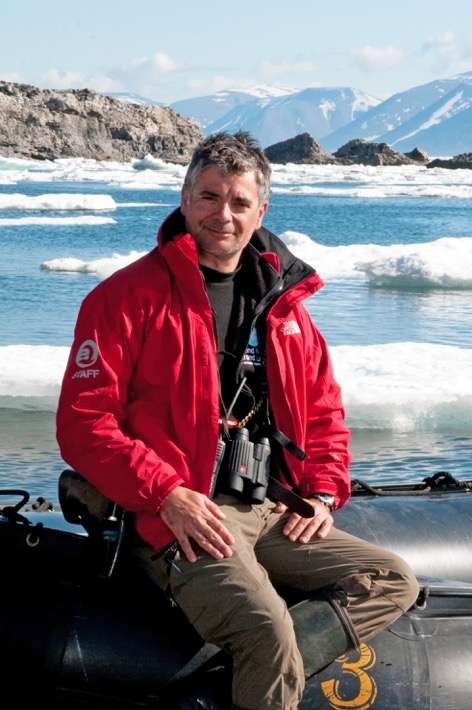From helping companies in developing countries to adopt new ways of operating to leading polar expeditions, former Cousteau team member Tarik Chekchak is as green as it gets. This biologist and biomimicry expert from the Institut des Futurs Souhaitables shares his thoughts on the state of the world today, and the future that he hopes lies in store for our planet.
Drought, fires, storms, flooding… Planet Earth is in turmoil. What goes through your mind when you read the news?
I’m torn between feeling pessimistic about today’s reality and optimistic that where there’s a will, there’s a way. That’s why I work for the Institut des Futurs Souhaitables, laying the groundwork for positive change. We need to harness the power of optimism in order to change civilization as we know it. The progress of the 20th century has clearly generated problems for the 21st century. Today’s environmental crisis is making people aware of just how mutually dependent we are on the rest of the natural world. We’re at a historic turning point where we need to take action. I hope our children will look back and see us as ancestors they can be proud of. As things currently stand, this is not the case.
You have just got back from Svalbard, the last archipelago before the North Pole. What were your main takeaways from this expedition?
The sea ice is melting at a terrifying pace. I’ve been visiting these regions for 25 years now, and I’ve never seen it melt as quickly as this. In the next few decades, it will have vanished entirely and there will be no more sea ice left in the Arctic Ocean. People need to understand that the North and South Poles are our planet’s thermostats. These changes impact the Gulf Stream, which is crucial to climate regulation.
Nature is rebelling, and studying it is your field of expertise. What lessons can be learned here?
A little over 10 years ago, I decided to start working with companies ahead of time: in the North Pole, far from all civilization, I was seeing plastic waste, toys, and nets that the reindeer were getting tangled up in before dying. We can develop technology that respects life on our incredible planet by observing the natural world. This is what’s known as biomimicry.
Let’s talk about that. Biomimicry is your specialty. Can you tell us what it is, exactly?
Biomimicry is about using our intelligence for good. It is possible. Our industries use a lot of energy. Making a glass currently requires temperatures of over 1,000°C, for example. But sea sponges and algae can make themselves incredibly fine glass skeletons using the silica they find around them. Other examples include the way in which abalone make ceramic structures and spiders spin silk. These materials are all made at ambient pressure and temperature levels. What if humans could replicate what sponges do?
Do you want to know more about our tree planting program in France and around the world?



